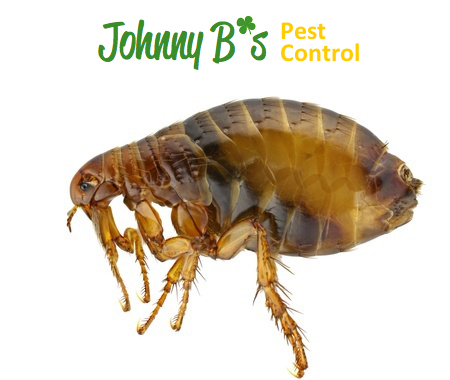Mites never seem to be a topic of conversation at dinner parties. This is likely because most people find mites to be boring and harmless tiny bugs. While mites may be tiny, they are far from harmless. Mites can be economically devastating as they can rapidly eat-away at large mushroom farms. Mites have long been recognized as pests to shiitake, wood ear, and enoki mushrooms. Controlling mite populations in Asian countries has proven difficult over the years. This difficulty was largely due to the lack of knowledge that researchers possessed concerning the reproductive behavior of mites. In order for mite populations to be successfully controlled researchers from Turkey, the Czech Republic, Taiwan and Thailand have recently teamed up to learn more about the reproductive behaviors of mites.
Mites are equipped for a certain form of sexual reproduction known as “physogastry reproduction”. This form of reproduction is rare, which is comforting given how grotesque and violent this form of reproduction is among insects. After mating female mites will become impregnated with dozens of offspring at once. These offspring cause the mother’s abdomen to expand tremendously, as the mites grow into maturity. The mites reach their adult stage while still in their mother’s belly. Amazingly, the adult mites dwelling within impregnated females will even mate with their siblings. Once the mother’s grandchildren begin to develop, the mother will explode as a result of becoming overfilled with offspring.
Physogastry reproduction is not well understood by experts, which is why researchers find it difficult to control mite populations. Researchers have recently learned that each generation of mite offspring are around ninety percent female, but researchers still do not understand how they reproduce so rapidly with such large female populations. Perhaps mite offspring are largely female because mating within their mother’s abdomen causes more female offspring to take form. Also, since mite populations obviously contain numerous inbred mites, how can they go on producing more and more healthy offspring? These questions have yet to be answered as physogastry reproduction is only now being studied thoroughly. However, researchers do know that mites can destroy up to eighty percent of mushroom crop yields. Sadly, this trend will likely continue until experts have perfected their understanding of the reproductive behaviors of mites.
Were you aware that mites are considered a major pest to mushroom crops?
Stay up to date with Johnny B’s Social Media Pages!

